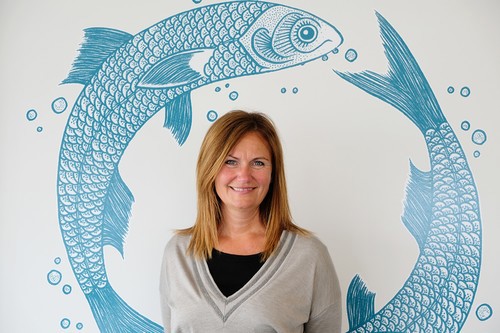
Therese Log Bergjord, CEO Skretting, COO Nutreco
"At Skretting, we have long maintained that the application of novel ingredients is not a leap of faith; it’s an essential step in sustainably meeting the long-term food and nutrition security needs of a fastgrowing population. Equally, we believe that utilising these game-changing innovations makes sound commercial sense – it can pave the way to improved efficiency, which is good for profitability across the entire value chain."








